Usage
The template for used to configure these sub-pages is located at {{Selected X}}
- Add a new Selected article to the next available sub-page.
- Update "max=" to new total for its {{Random portal component}} on the main page.
Selected battle 1
Portal:European military history/Selected battle/1

Selected battle 2
Portal:European military history/Selected battle/2

Selected battle 3
Portal:European military history/Selected battle/3

Selected battle 4
Portal:European military history/Selected battle/4
.jpg.webp)
Selected battle 5
Portal:European military history/Selected battle/5

Selected battle 6
Portal:European military history/Selected battle/6
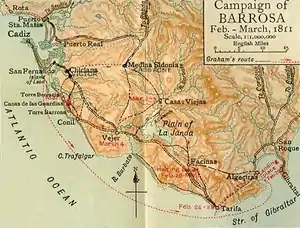
Selected battle 7
Portal:European military history/Selected battle/7
.png.webp)
Selected battle 8
Portal:European military history/Selected battle/8

Selected battle 9
Portal:European military history/Selected battle/9

Selected battle 10
Portal:European military history/Selected battle/10

Selected battle 11
Portal:European military history/Selected battle/11

Selected battle 12
Portal:European military history/Selected battle/12
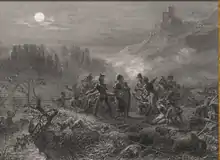
Selected battle 13
Portal:European military history/Selected battle/13

Selected battle 14
Portal:European military history/Selected battle/14

Selected battle 15
Portal:European military history/Selected battle/15
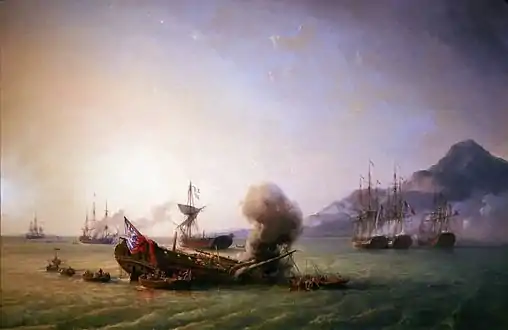
Selected battle 16
Portal:European military history/Selected battle/16

Selected battle 17
Portal:European military history/Selected battle/17

Selected battle 18
Portal:European military history/Selected battle/18
Selected battle 19
Portal:European military history/Selected battle/19

Selected battle 20
Portal:European military history/Selected battle/20
.jpg.webp)
Selected battle 21
Portal:European military history/Selected battle/21

Selected battle 22
Portal:European military history/Selected battle/22
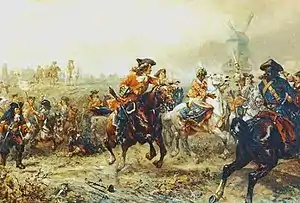
Selected battle 23
Portal:European military history/Selected battle/23

Selected battle 24
Portal:European military history/Selected battle/24

Selected battle 25
Portal:European military history/Selected battle/25

Selected battle 26
Portal:European military history/Selected battle/26
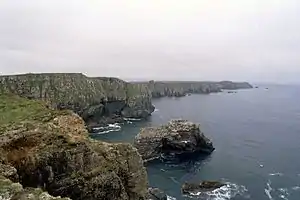
Selected battle 27
Portal:European military history/Selected battle/27
.jpg.webp)
Selected battle 28
Portal:European military history/Selected battle/28
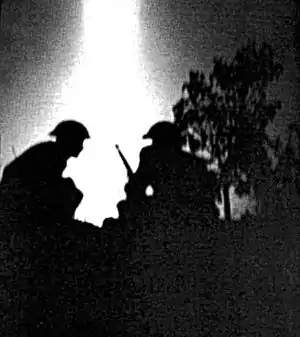
Selected battle 29
Portal:European military history/Selected battle/29

Selected battle 30
Portal:European military history/Selected battle/30

Selected battle 31
Portal:European military history/Selected battle/31

Selected battle 32
Portal:European military history/Selected battle/32

Selected battle 33
Portal:European military history/Selected battle/33

Selected battle 34
Portal:European military history/Selected battle/34

Selected battle 35
Portal:European military history/Selected battle/35
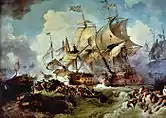
Selected battle 36
Portal:European military history/Selected battle/36

Selected battle 37
Portal:European military history/Selected battle/37

Selected battle 38
Portal:European military history/Selected battle/38

Selected battle 39
Portal:European military history/Selected battle/39

Selected battle 40
Portal:European military history/Selected battle/40

Selected battle 41
Portal:European military history/Selected battle/41

Selected battle 42
Portal:European military history/Selected battle/42

Selected battle 43
Portal:European military history/Selected battle/43
_Edit_3.jpg.webp)
Selected battle 44
Portal:European military history/Selected battle/44

Selected battle 45
Portal:European military history/Selected battle/45
